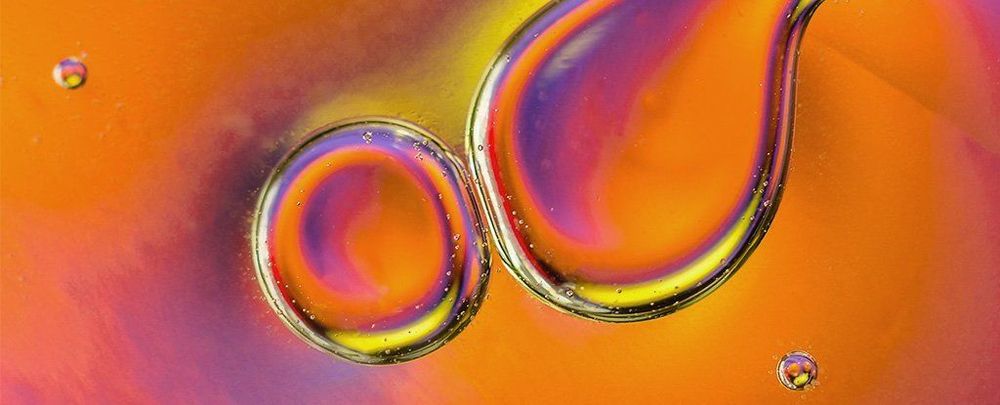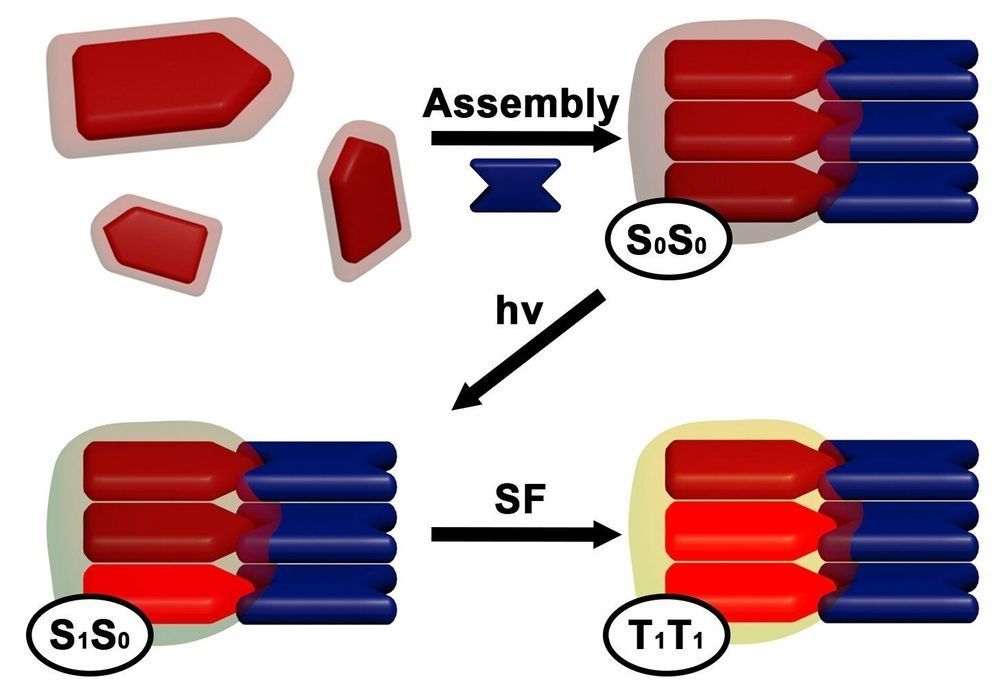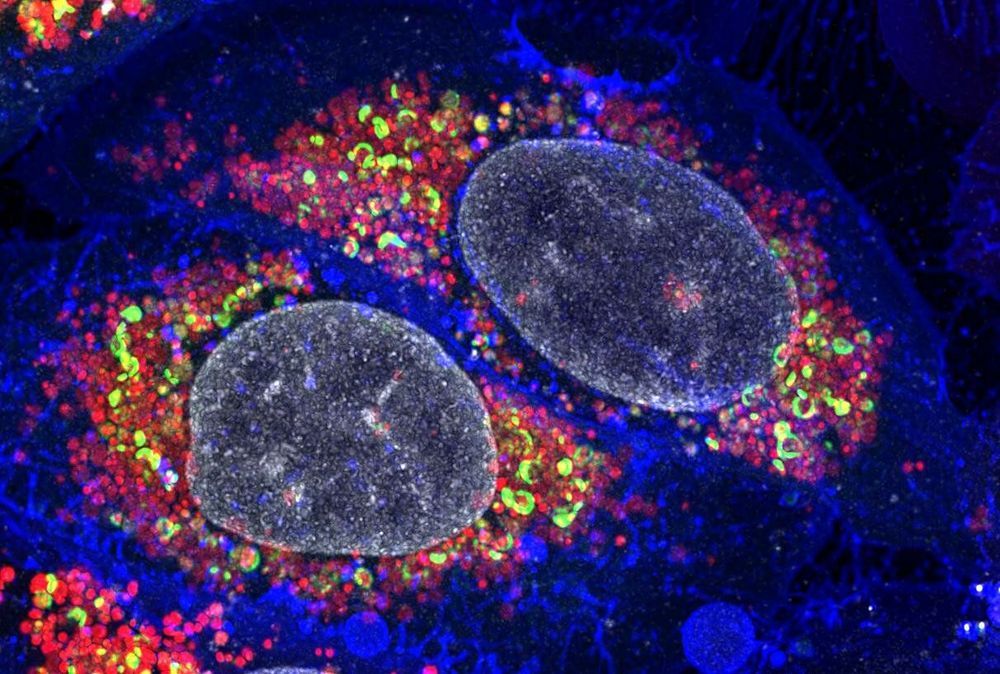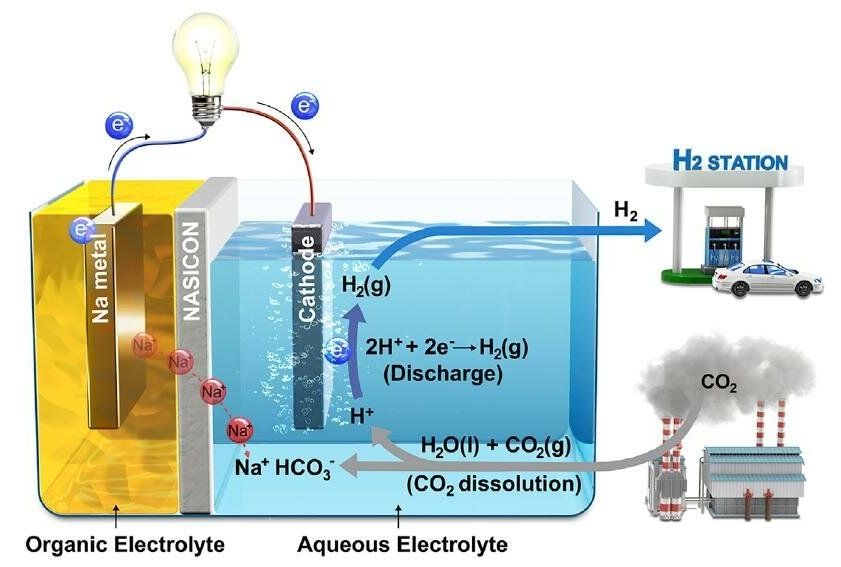Small tweaks in component ratios generate electronically different layers from the same material to create transparent transistors.
Worldwide demand is growing for transparent conducting oxides for use in solar cells, flat panel displays, smart windows and semiconductor-based consumer electronics. KAUST researchers have engineered a zinc-oxide-based transparent material that displays tunable electronic properties depending on the tweaking of a new type of dopant.
Transparent electronics rely on indium tin oxide, a transparent and electrically conductive material that has an exorbitant cost due to the scarcity of indium. Zinc-oxide-based materials, such as hafnium-doped zinc-oxide materials, are expected to offer affordable, green and abundant alternatives to indium tin oxide. However, hafnium-doped zinc-oxide materials typically require high deposition temperatures and display inadequate performance for real-life device applications.








